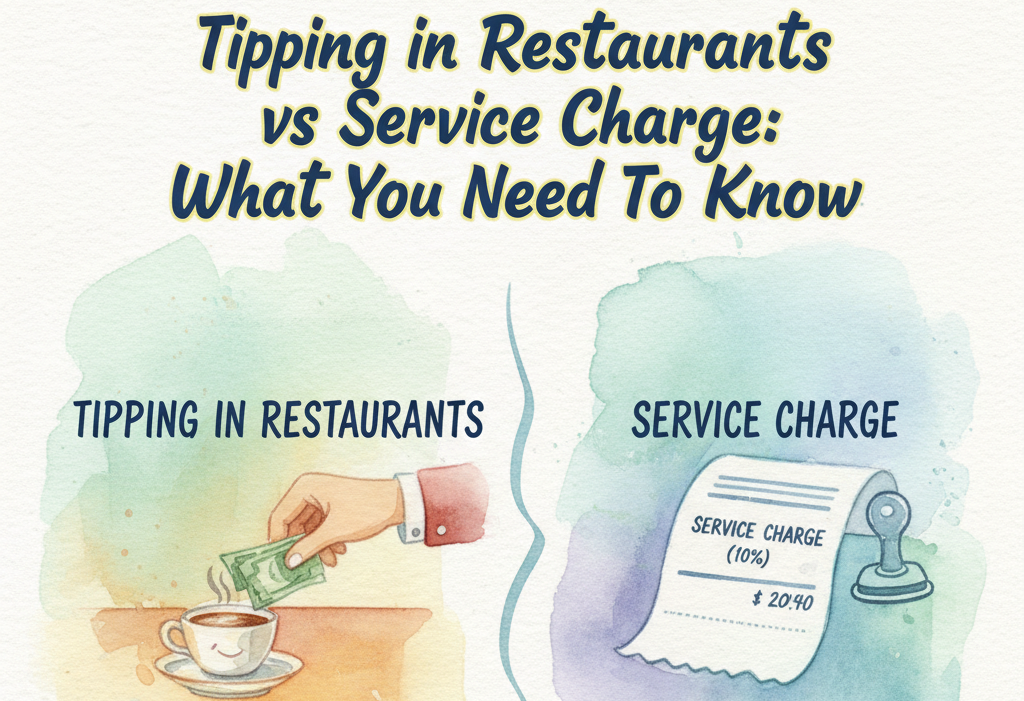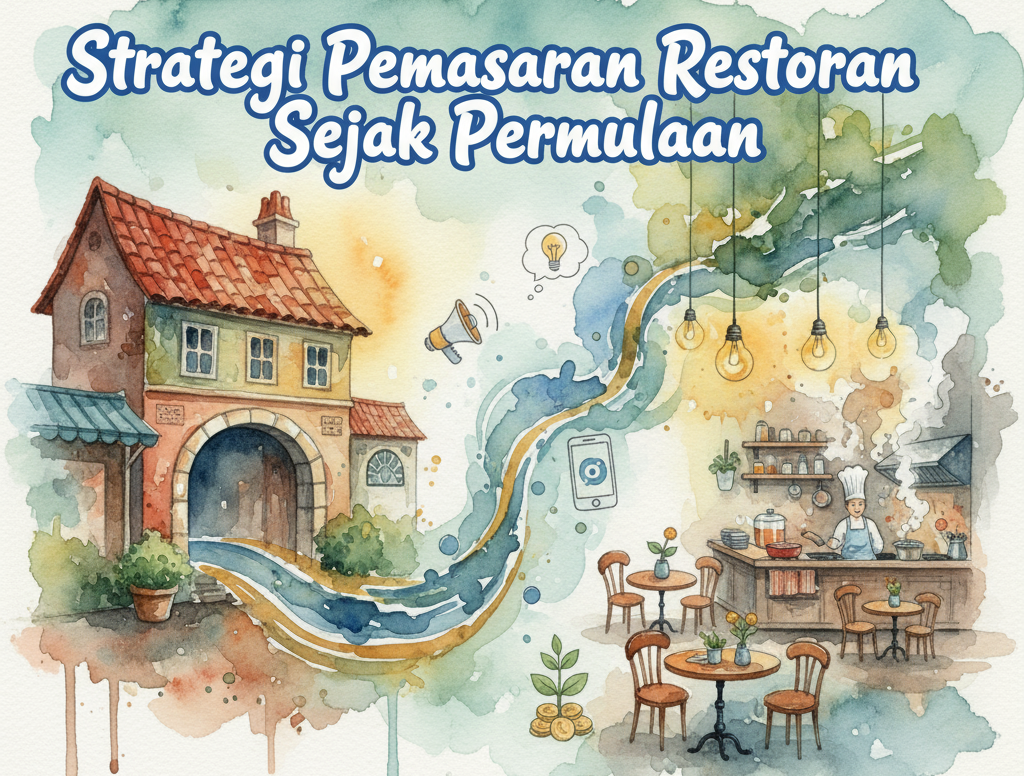Running a restaurant is a challenging endeavor, with statistics indicating that a significant number of establishments face closure within their first few years of operation. A lack of awareness about the intricacies of the industry often contributes to these failures. Major reasons for the failure of restaurants have been elaborated below-
Lack of conceptual clarity
A restaurant concept is the first thing that people will experience when they visit your restaurant. People should be able to guess the kind of food that you offer, the service that they can expect, and the whole vibe of the restaurant just by stepping into your restaurant. A clearly defined concept will help build consistency and avoid confusion among people. For restaurant owners, this will help in building a brand, streamlining operations, and retaining patrons.
Poor choice of location
After deciding the concept of your restaurant, you would want to decide the location of your restaurant. You don’t want your restaurant to be located in a place where there is already plenty of competition. This would make your restaurant invisible. Consider factors like the type of people that live around that location. Suppose most of the crowd is working people; then the best times for your restaurant will be in the afternoons, and the best days would be weekdays. If you want to take a space on lease, you wouldn’t want to spend most of your earnings on it. Choose a space that is economical so that you can make more profit.
Finances
Opening a restaurant may take up to 500,000 RM in a decent location. You should be able to manage your finances for longer periods of time. Keep the type of restaurant you want to open in mind, and then calculate the associated costs. You can either take a loan or completely use your own money. You can even approach venture capitalists or angel investors to ask for funds. But convincing them would be a little difficult for you if you’re a newcomer in this industry. Investors take into account the scalability and growth potential of a restaurant before releasing the funds.
Poor Marketing
The main goal of marketing is to make your brand more visible to customers. You can’t always sit back and expect the clients to reach you on their own. Spreading the word helps in increasing foot traffic and, hence, revenue. You can use a variety of old-school marketing strategies along with the latest digital marketing strategies. While using digital marketing, ensure that you stay updated with the latest trends and use them to your advantage. Digital marketing also helps in retaining old customers by continuously making them aware of the latest news from your restaurant.
Inconsistent Quality
Customers will be dissatisfied if you don’t maintain the same quality of food, service, or hygiene. Negative word-of-mouth will spread rapidly and damage the reputation of your restaurant. This will further make it difficult for you to retain customers. Make sure that you follow all the industry standards strictly and don’t complicate processes so that you can maintain them consistently in the long run. Train your staff properly so that they don’t compromise on quality.
Poor Management
Poor management in a restaurant leads to operational inefficiencies, inconsistent service, and staff dissatisfaction. Usually, this happens due to miscommunication and inadequately trained staff. This increases the staff turnover rate and also contributes to the waste of resources. To avoid this, ensure that you maintain uniform channels of communication and train the staff to tackle new challenges frequently.
Ignoring Feedback
Acknowledging and addressing customer feedback is paramount for any restaurant. By disregarding the same, a restaurant loses the opportunity to improve their food, service, or any other aspect. This leads to a negative image of the brand and causes difficulty in retaining loyal customers. Newly acquired patrons wouldn’t also like their feedback to be ignored. This makes them think that the restaurant doesn’t care enough about their needs.
Underestimating competition
Ignoring or undervaluing competitors may lead to complacency, hindering efforts to stay innovative and relevant. Competitors who adapt to market trends and customer preferences may draw patrons away, causing a decline in foot traffic and revenue. Additionally, underestimating the competitive landscape may result in ineffective pricing strategies and marketing efforts. To counteract this stay updated with the activities of your competitors and always keep making changes in your restaurant according to the changing landscape.
Pricing
You should consider the target market’s expectations and then decide the price according to them. You don’t want to sell overpriced items to people who aren’t comfortable with spending a lot, and you wouldn’t want to underprice items to people who are expecting a luxurious experience. Do proper market research before pricing the items on your menu. This will encourage potential customers to pay a visit and will ensure that you make profits. Another small suggestion would be to design your menu in such a way that you end up upselling a few items.
Lack of Adaptability
A restaurant’s lack of flexibility can lead to declining customer satisfaction and reduced competency. Failing to adjust to changing market trends, customer preferences, or external factors hampers growth and innovation. The solution lies in encouraging a culture of flexibility. Regularly analyze market patterns, receive customer feedback, and be open to making operational changes. Use technology to your advantage, update menus, and motivate your staff to stay ahead. Adaptability ensures retained relevance, customer loyalty, and success in this ever-changing restaurant industry.
In conclusion, running a successful restaurant requires a nuanced understanding of various factors, and failure to navigate these challenges can lead to closures within the initial years. Conceptual clarity, strategic location selection, financial management, effective marketing, consistent quality, good management practices, attention to customer feedback, understanding competition, appropriate pricing, and adaptability are crucial aspects. Neglecting any of these elements can result in customer dissatisfaction, financial strain, and loss of competitiveness. Embracing a holistic approach, staying adaptable, and prioritizing customer satisfaction is key to thriving in the dynamic restaurant industry.



